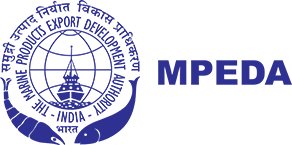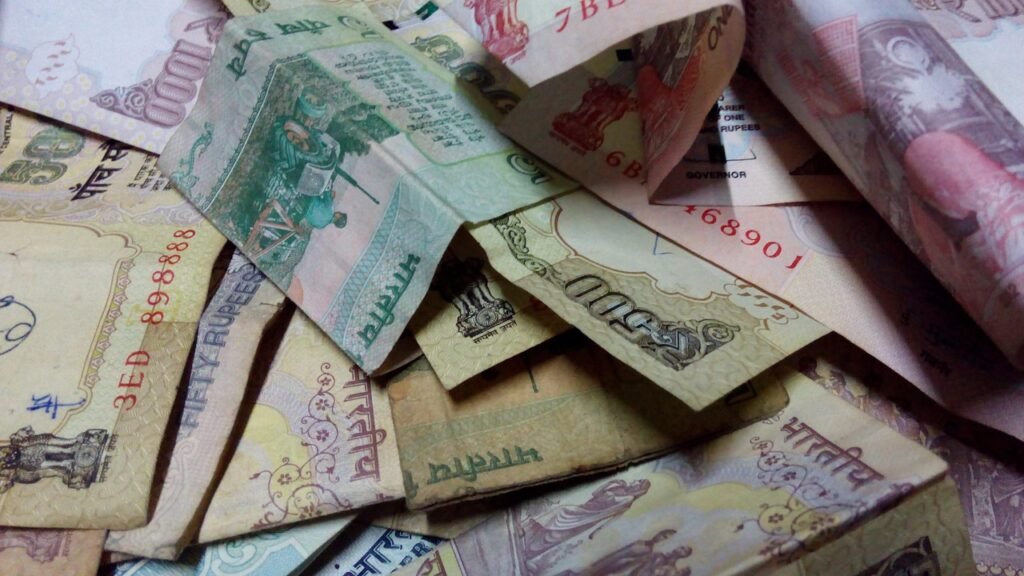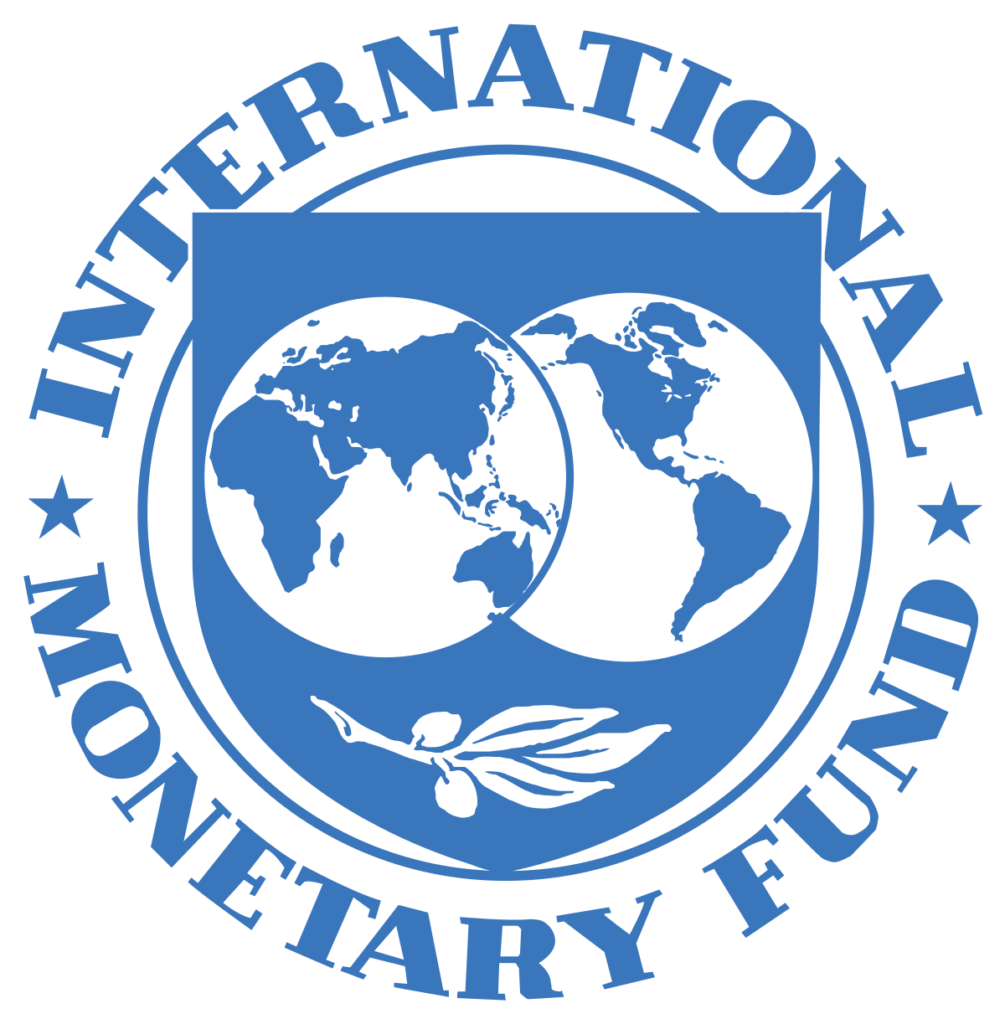Economics Current Affairs for UPSC 2023 I PART -4
Welcome to the Economics Current Affairs for UPSC 2023 I Part 4. So lets get started.
EXTERNAL SECTOR
1.INTERNATIONALIZATION OF RUPEE
Changes in Foreign Trade Policy (FTP) allow for rupee settlement of international trade for export promotion schemes.
Internationalization of the rupee means making it more widely accepted and credible globally. This process involves allowing the freedom to convert local financial assets into foreign financial assets and vice versa. This can reduce the foreign exchange reserves requirement, lower the cost of forex on the economy, and reduce the vulnerability to external shocks. It can also help Indian businesses by mitigating currency risks, reducing the cost of doing business, and enhancing India’s global stature and bargaining power. The broad framework for cross-border transactions in India is governed by the Foreign Exchange Management Act (FEMA), 1999.

RBI guidelines on International Trade Settlement (ITS) in Indian Rupees.
The Reserve Bank of India has introduced guidelines for International Trade Settlement (ITS) in Indian Rupees. These guidelines allow exports and imports to be invoiced in rupees, with the exchange rate determined by the market. Exporters and importers can use a Special Vostro Account linked to a correspondent bank in the partner country for receipts and payments in rupees, subject to the Foreign Exchange Management Act, 1999. This reduces the dependence on foreign currency and mitigates currency risks for Indian businesses. Other aspects such as bank guarantees, export receivables, and documentation will be covered under FEMA rules.
READ MORE – Economics Current Affairs for UPSC 2023 I PART -3
2.WORLD TRADE ORGANIZATION (WTO)
Recently, the 12th Ministerial Conference (MC) of WTO held.
The WTO is an organization that deals with the rules of trade between countries. It has a Ministerial Conference that makes decisions on trade agreements. At the 12th MC, decisions were made on issues such as illegal fishing, allowing countries to produce Covid vaccines without consent, extending a moratorium on duties for e-commerce, and lifting export restrictions on food purchases for food security. The decisions aim to promote fair and open trade between nations.
Other Developments related to WTO.
- The World Trade Organization (WTO) deals with the rules of trade between nations.
- It has 164 members and 23 observer governments.
- The highest authority in the WTO is the Ministerial Conference, which can take decisions on all matters under any of the multilateral trade agreements.
- At MC12, decisions were made regarding check on illegal fishing, no subsidies for fishing in areas outside EEZ or RFMOs, IP waiver on Covid vaccines, extension of moratorium on applying duties to electronic transmissions, and no export restrictions on World Food Programme purchases for food security.
- Public Stockholding Programmes (PSHP) involve purchases from farmers at fixed prices, which can distort trade. The peace clause refrains WTO member countries from challenging any breach in prescribed subsidy ceiling given by a developing nation at dispute settlement forum of WTO.
- India has denied any plans to join the WTO’s GPA, which allows mutual opening up of markets for selling goods and services to governments.
- The WTO’s Goods Trade Barometer index hints toward slowing of trade growth in the rest of 2022 and into 2023. The baseline value is 100, and a value above 100 suggests above trend growth while a value below 100 indicates below-trend growth.
3.MARINE PRODUCTS EXPORT DEVELOPMENT AUTHORITY (MPEDA)

Recently, the MPEDA celebrated its 50th years.
MPEDA is responsible for promoting and regulating seafood trade in India. Its functions include identifying and addressing issues in seafood trade, registering seafood processing units and fishing vessels, conducting marketing activities, promoting R&D in aquaculture, and providing training and capacity-building to fishermen. MPEDA also implements the National Residue Control Plan to monitor substances in marine products for export to the EU.
READ MORE – Economics Current Affairs for UPSC 2023 I PART -2
4.INDIAN RUPEE (INR) DEPRECIATION
RBI Relaxes Norms for Foreign Investment in Debt, ECB and NRI Deposits to Boost Forex Inflows and Stem INR Slide.
The exchange rate is the value of one currency in terms of another. It can be fixed or floating depending on how it’s determined. In India, the exchange rate is now determined by the forex market based on various factors. RBI and the central government’s role is limited to intervening when necessary to ensure stable conditions in the forex market.

5.INDIA’S FOREX DYNAMICS
India’s Foreign Exchange Reserves Decline to Over Two-Year Low of $532.66 Billion in 2022.
Foreign Exchange Reserves: its Composition and Management.
Foreign Exchange Reserves, or Forex Reserves, are assets held by a central bank in foreign currencies. The Reserve Bank of India manages India’s forex reserves, which consist mainly of Foreign Currency Assets (FCAs) such as the US dollar, Euro, British pound, Japanese Yen, and Chinese Yuan. Other instruments like bonds, treasury bills, Gold Reserves, and Special Drawing Rights at IMF can also be a part of the reserves. The management of these reserves is governed by the Reserve Bank of India Act, 1934, and the Foreign Exchange Management Act, 1999.
Need of Forex Reserves.
Foreign exchange reserves are held to serve multiple purposes such as supporting and maintaining confidence in the exchange rate and monetary policies, handling external market risks, gaining investors’ confidence to meet external obligations in case of liquidity crisis, assisting the government in meeting its foreign exchange needs and external debt obligations, and withstanding domestic financial system shocks or any other national disaster or emergency.
Reasons behind Forex Reserves Fall.
There are four main reasons behind the decline in India’s foreign exchange reserves:
- Decline in Foreign Currency Assets (FCA), especially due to the strengthening of the US Dollar against other currencies.
- RBI Forex interventions to curb the excessive volatility of the Indian rupee.
- High capital outflows from India to safe-haven destinations, including foreign portfolio investments (FPIs).
- Weak global outlook due to geopolitical reasons.
READ MORE –Economics Current Affairs for UPSC 2023 I PART -1
6.INTERNATIONAL MONETARY FUND (IMF)
Finance Minister urges IMF to provide more resources for emerging and low-income countries.
The International Monetary and Financial Committee (IMFC) advises and reports to the IMF Board of Governors on the management of the international monetary and financial system. It has 24 members, including India, who provide strategic direction to the IMF’s work and policies. The IMFC usually meets twice a year.

The IMF has increased the weighting of the US dollar and Chinese Yuan in its review of the currencies that make up the valuation of its reserve asset, Special Drawing Rights (SDR). SDR is created by the IMF to supplement its member countries’ official reserves and its value is based on a basket of five currencies. It is allocated to IMF member countries based on their relative share in the IMF.
7.KEY CONCEPTS AND INFORMATION ON EXTERNAL SECTOR
| Topic | Description |
|---|---|
| Anti-Dumping Duty | India initiated anti-dumping probe against import of certain type of optical fibre from China, Indonesia and South Korea. Anti-dumping duty is a protectionist tariff imposed by a domestic government on foreign imports if it believes it is priced below fair market value (or dumping). |
| India’s Competitiveness Roadmap | The Economic Advisory Council to the Prime Minister (EAC-PM) has released ‘The Competitiveness Roadmap for India@100’ in collaboration with the Institute for Competitiveness. Competitiveness means any macro-variable which represents the ability to compete globally. It is centered on overall productivity, i.e., the effectiveness to mobilize country’s assets and available labour force to create value. |
| World Competitiveness Index 2022 | Released by Institute for Management Development (IMD), India jumped by six-position – from 43rd to 37th – the sharpest rise among the Asian economies due to gains in economic performance. Note: This is different from Global competitiveness report of World Economic Forum. |
| Rules of Origin (ROO) | Central Board of Indirect Taxes and Customs (CBIC) stated that in case of conflict between Customs (Administration of Rules of Origin under Trade Agreements) Rules, 2020 (CAROTAR) and ROO (under FTA) provisions, provision of FTA or its ROO shall prevail. FTAs allow imports of most of the items at nil or concessional basic customs duty rate. CAROTAR are aimed at plugging duty evasion through routing exports to India under FTAs. Under CAROTAR rules, importers need to furnish proof of 35% value addition in goods from country of origin to claim duty concession under FTAs. |
| About ROO | ROO are the criteria prescribed to determine national origin of an imported product in a country. Under this, a country that has inked an FTA with India cannot dump goods from some third country in Indian market by just putting a label on it. It has to undertake a prescribed value addition in that product to export to India. |
| Export Import (Exim) Bank | It was established by the Government of India, under the Export-Import Bank of India Act, 1981. It extends Lines of Credit (LOCs) to overseas financial institutions, regional development banks, sovereign governments, and other entities overseas. Objective: To enable buyers in those countries to import developmental and infrastructure projects, goods and services from India, on deferred credit terms. |
| NIRYAT (National Import-Export Record for Yearly Analysis of Trade) portal | NIRYAT portal- a one-stop place for all info needed on India’s foreign trade. It will help in breaking silos by providing real time data to all stakeholders. Important information related to more than 30 commodity groups exported to more than 200 countries of the world will be available. In the coming time, information related to district-wise exports will also be made available. |
| Indian Business Portal (IBP) | It is an online global trade hub launched for exporters and foreign buyers. It is Business to Business (B2B) digital marketplace to empower small medium enterprises (SMEs) exporters, artisans, and farmers to identify new markets for their products and grow their sales globally. Encourage greater exports of products `Made in India’. Developed by Federation of Indian Export Organisation. |
| RBI’s report on Currency and Finance (RCF) | The RBI’s annual Report, with theme “Revive and Reconstruct”, provides a strategy for medium-term steady economic growth of 6.5-8.5%. Key observations for 2021-22: Indian economy is likely to take over |
READ MORE –Polity and Governance Current Affairs for UPSC 2023 I PART – 7





Pingback: - Ias Banenge
Многие думают, что электрическая дератизация — это что-то типа ультразвуковых отпугивателей.